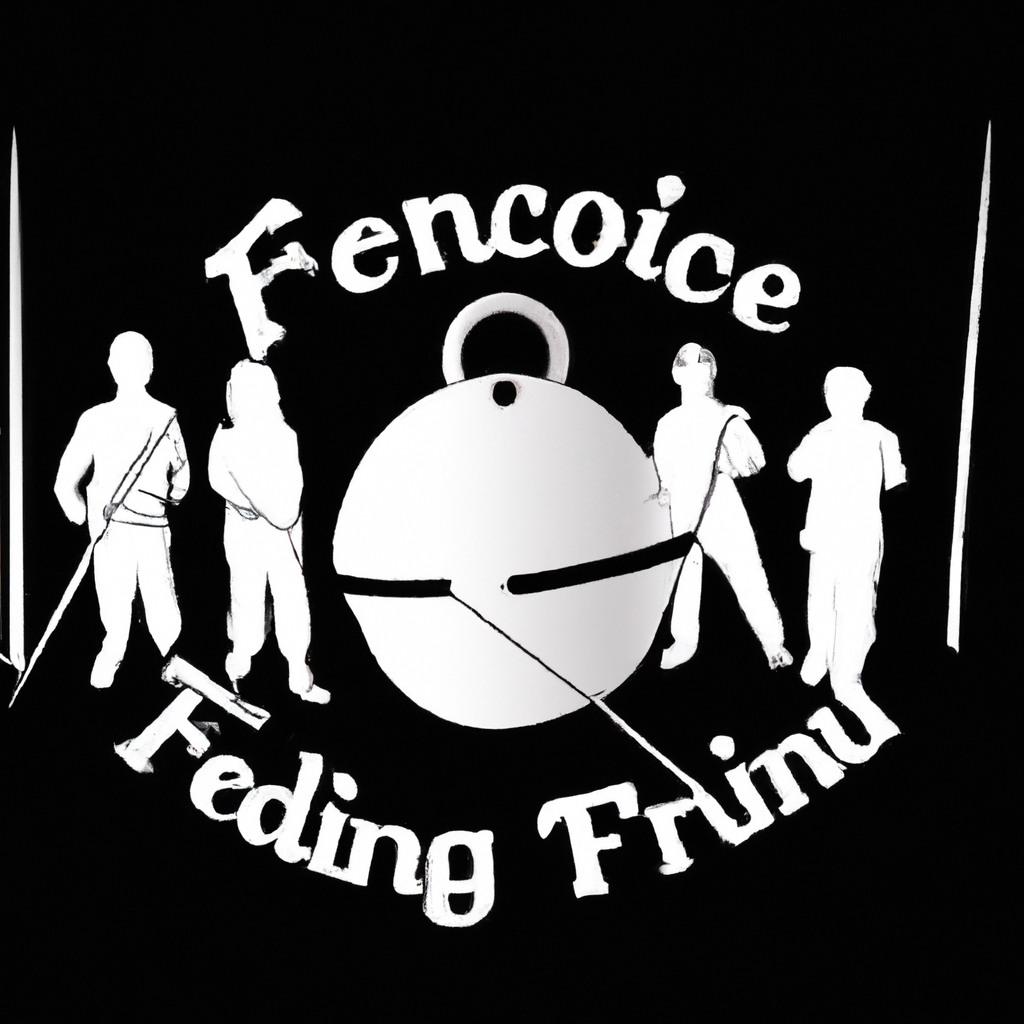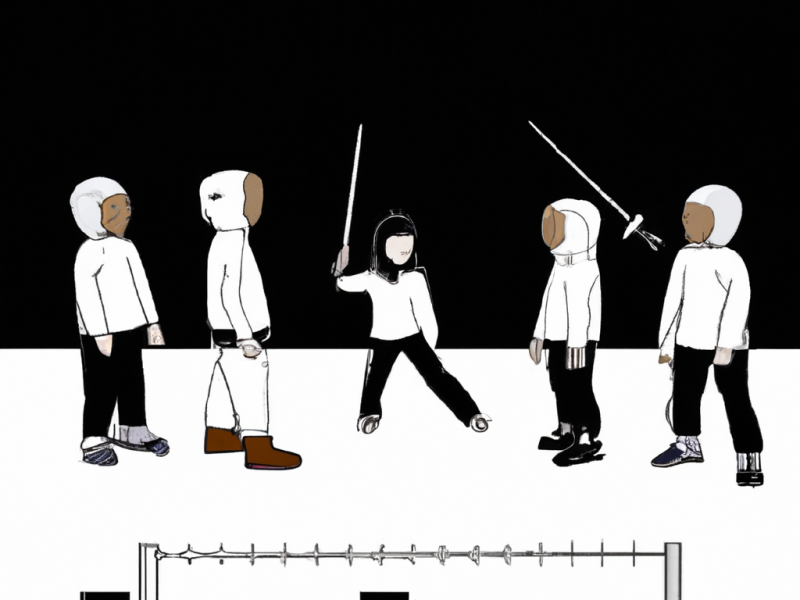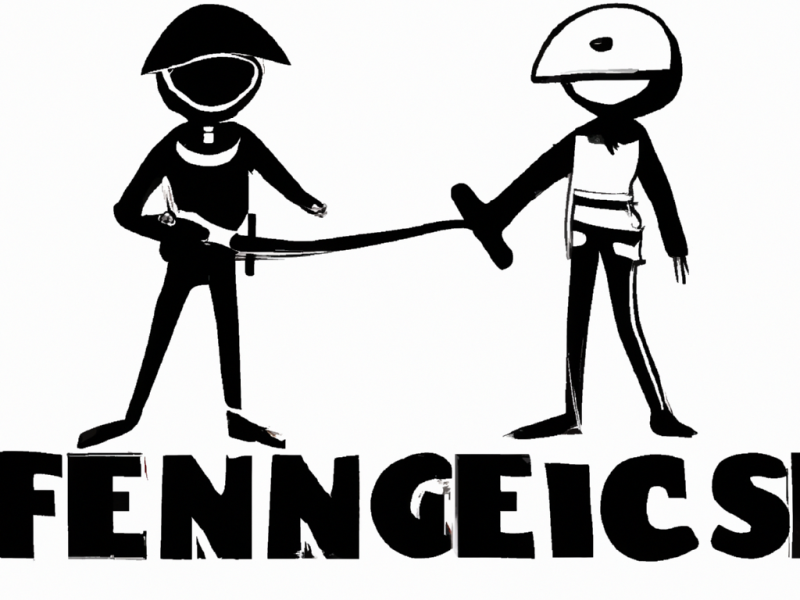Ah, swordplay. There’s just something about the clash of steel and the elegance of a well-timed parry that captures the imagination, isn’t there? From medieval knights to swashbuckling pirates, swords have played a huge role in shaping history and culture. So let’s dive into the evolution of swordplay and see how different styles of fencing have changed over time.
Now, my first brush with swordplay was during a college trip to Italy. I remember stumbling across this small historical reenactment group practicing their moves right by an ancient castle. The sight was mesmerizing. Here were people dressed in period costumes, swinging swords like they were born with ’em in their hands! That experience sparked my interest in historical fencing styles.
Let’s start way back when swords were more than just weapons; they were symbols of status and power. In ancient times, Egyptian soldiers used short bronze swords called khopeshes—curved blades perfect for slicing enemies who wore little armor. Imagine facing off against someone wielding one of those!
Then there’s Roman gladiators with their gladii—short stabbing swords ideal for close combat in packed arenas filled with cheering crowds (and probably some jeering too). It’s wild to think how these early weapons influenced later designs.
Fast forward to medieval Europe where things got even more fascinating. Knights charged into battle wielding longswords or broadswords while decked out head-to-toe in shiny armor (I bet it took ages just getting dressed!). The fighting style here was all about brute strength mixed with skillful technique: slashing through enemy ranks while defending yourself behind heavy shields or armor plates.
My personal favorite though has gotta be the Renaissance era’s rapier—a slender blade made for speed rather than force which became popular among nobles seeking self-defense lessons from master fencers like Ridolfo Capo Ferro and Salvator Fabris (just saying those names makes me feel fancy). This was when fencing schools popped up everywhere, turning what once seemed chaotic into an art form full of precise movements based on geometry principles!
Oh! And don’t forget about Japanese katanas; crafted so meticulously you’d swear each one tells its own story through every curve along its edge… But let’s not get sidetracked down THAT rabbit hole today!
Getting back on track: By 18th century France emerged as THE place setting trends within western fencing circles thanks largely due influence Louis XIV who adored sport himself commissioning treatises teaching young gentlemen noble pursuit refining skills under guidance renowned masters such Domenico Angelo whose manual remains influential even now amongst enthusiasts worldwide pursuing modern adaptations centuries-old traditions rooted deeply martial practices originating long past eras still celebrated today albeit slightly less bloodily thankfully…
In fact—I’ve tried my hand at modern Olympic-style fencing classes after catching Olympics bug watching athletes gracefully dance around each other scoring points instead drawing real blood thankfully… It ain’t easy lemme tell ya but boy is fun learning footwork lunges ripostes without fear losing limb life unlike ancestors faced daily basis battling survival sake love sport passion drives countless fans globally continue keeping alive vibrant community sharing appreciation love history camaraderie!
So there you have it folks—from clunky ancient tools deadly intent sleek elegant rapiers shaped entire generations fascinating glimpse cultural legacy left behind forged flames war peace alike cherished respected passed onward always honor respect knowledge gained predecessors paving paths future endeavors ensuring survival thriving arts awaiting eager minds souls embrace embark upon adventures unknown journeys yet begun unfolding before very eyes waiting take plunge exciting world awaits curious daring enough explore deeper meanings hidden beneath layers temporal dust obscuring truths discoveries never dreamed possible come join us won’t ya?
The world of swordplay’s rich tapestry woven across time space inviting exploration engagement always welcome new voices perspectives emerging light illuminating ever-changing landscape reflecting diverse heritage boundless potential truly remarkable journey indeed…


